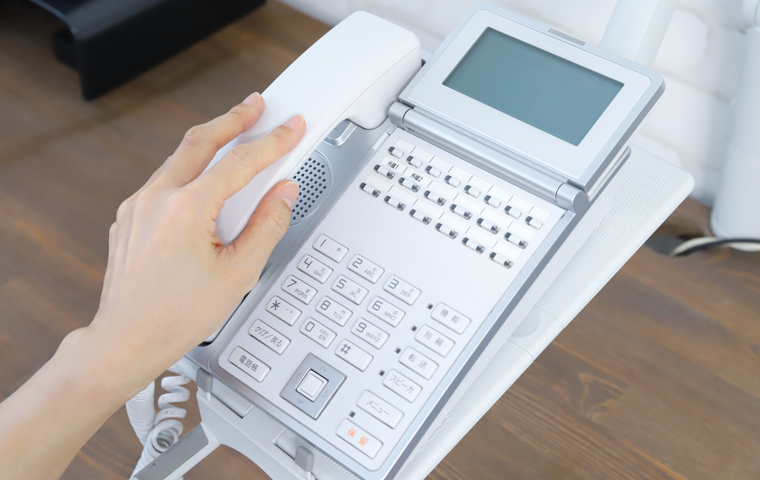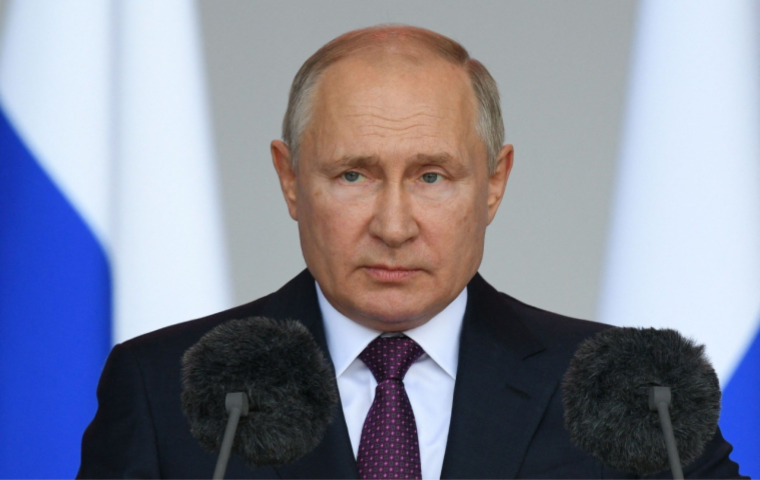Takaichi–Trump First Talks: Dawn of a New Era for the Alliance
Related Articles
On October 25, 2025, Prime Minister Sanae Takaichi and U.S. President Donald Trump held their first telephone conversation. As the first official contact between the two leaders following Takaichi’s inauguration, the call strongly impressed upon the international community that the Japan–U.S. alliance may be entering a new phase. Though it lasted only about ten minutes, the discussion distilled key elements that will shape the future course of bilateral relations—security, economics, and even the building of a personal rapport between the leaders. Notably, the late former Prime Minister Shinzo Abe served as a catalyst that rapidly deepened mutual trust. The call both paved the way for their in-person meeting scheduled in Tokyo a few days later and constituted a strategic step with implications for the geopolitical dynamics of the Indo-Pacific.
A First Call, a Firm Bond Forged in Abe’s Shadow

Held on the sidelines of the ASEAN summit in Malaysia—Takaichi’s first overseas trip—the timing of the call itself underscored the importance of the Japan–U.S. relationship. Although the conversation lasted only about ten minutes, both sides later indicated that the tone was consistently positive. Takaichi described it as a “frank and good exchange,” calling President Trump “very cheerful and pleasant.” Trump conveyed warm congratulations on her taking office and later praised her as “a wonderful, beautiful person.”
Behind this swift relationship-building stood their shared connection to Shinzo Abe. Trump emphasized that Takaichi had been “very close” to Abe, whom he described as “one of my best friends,” signaling intimacy from the outset. Takaichi, for her part, noted that she knew Trump was a politician “whom Prime Minister Abe cared very much about,” and the conversation turned to fond memories of Abe. This linkage via Abe was more than pleasantries. Trump’s diplomatic style is known to prioritize personal trust over institutional norms. Although Takaichi has served as minister for economic security and in other posts, her diplomatic skills were often deemed “untested.” By foregrounding her connection to Abe, she effectively signaled a continuity of trust—a strategic move that allowed her to bypass the usual steps in building rapport and secure Trump’s confidence quickly. It was a highly effective form of “proxy diplomacy,” demonstrating alliance continuity and stability at home and abroad.
Convergence on Indo-Pacific Security; Defense Spending Takes Center Stage
At the core of the friendly talks lay security issues in the Indo-Pacific. The leaders agreed to further strengthen the alliance and to cooperate in advancing the Free and Open Indo-Pacific (FOIP) vision championed by Abe. Underpinning this cooperation is a shared perception of threats posed by an increasingly hegemonic China and by North Korea’s continuing ballistic missile launches.
The litmus test for this security cooperation will be Japan’s defense spending. Takaichi has already stated her intention to bring forward the goal of raising defense expenditures to 2% of GDP from fiscal 2027 to fiscal 2025. This proactive stance is a clear answer to the Trump administration’s consistent call for “fair burden-sharing” among allies. Some around Trump have even floated higher targets—3.5% or 5% of GDP for Japan. In this context, Takaichi’s choice to communicate her resolve on strengthening defense before being pressed reflects calculated diplomacy: it emphasizes that the increase is Japan’s own sovereign decision, not a concession to U.S. pressure. By making a preemptive commitment, she seeks to seize initiative in Trump’s transactional style of bargaining and to assert Japan’s standing as an equal partner. The call thus laid crucial groundwork for tough negotiations to come; how this issue is concretized at the in-person talks in Tokyo will be Takaichi’s first major diplomatic test.
A New Front in Economic Security: Coordination on Rare Earths and Advanced Tech

The call also made clear that the alliance is expanding beyond its traditional military dimension into economic security. In particular, strengthening supply chains for critical minerals and rare earths emerged as an urgent shared priority—reflecting heightened concern that China could weaponize export controls over these materials.
Cooperation extends to advanced technologies such as artificial intelligence (AI) and enhancing shipbuilding capacity. This reflects an understanding that modern interstate competition turns not only on military power but also on technological supremacy and control over vital supply networks. Takaichi’s experience as minister in charge of economic security is likely to bolster Japan’s hand in these discussions. In fact, building on this call, a subsequent summit produced a signed agreement to reinforce critical-mineral supply chains, underscoring how seriously both sides view the issue. It symbolizes the alliance’s evolution from a 20th-century military pact for territorial defense into a 21st-century techno-economic bloc for winning the competition in technology and resources—a shared recognition that securing critical inputs and maintaining a technological edge are as central to national security as military deterrence, if not more so.
Personal Trust and Diplomatic Prospects: Toward the Tokyo Meeting
This first call can be deemed a major success in laying the foundations of a strong personal trust between Takaichi and Trump. The positive atmosphere born of their shared bond with Abe will be a valuable asset for bilateral ties. At the same time, it heightens expectations—and pressure—on Takaichi’s diplomatic performance. Some observers worry that her strong convictions could at times limit diplomatic flexibility.
The tightening of U.S.–Japan ties is already sending ripples through the region. Chinese media have labeled Takaichi a “Japanese female Trump,” signaling both wariness and interest. In South Korea, media have voiced concern that a deepening U.S.–Japan partnership could downgrade Seoul’s place in Washington’s alliance architecture in Asia, sparking anxieties over being “sorted out” or even “left out.” Thus, the call functioned not only as a bilateral exchange, but also as a powerful geopolitical performance directed at multiple audiences: rallying the domestic base with the image of a reinvigorated alliance, showing China a united front, and signaling a recalibrated balance to other allies. With this successful prelude, the stage shifts to the October 28 meeting in Tokyo. There, Takaichi faces the tougher task of converting personal trust into concrete policy outcomes—on defense spending and economic cooperation. Whether she can turn the vision of a “new golden era of the alliance” into reality will now be put to the test.



